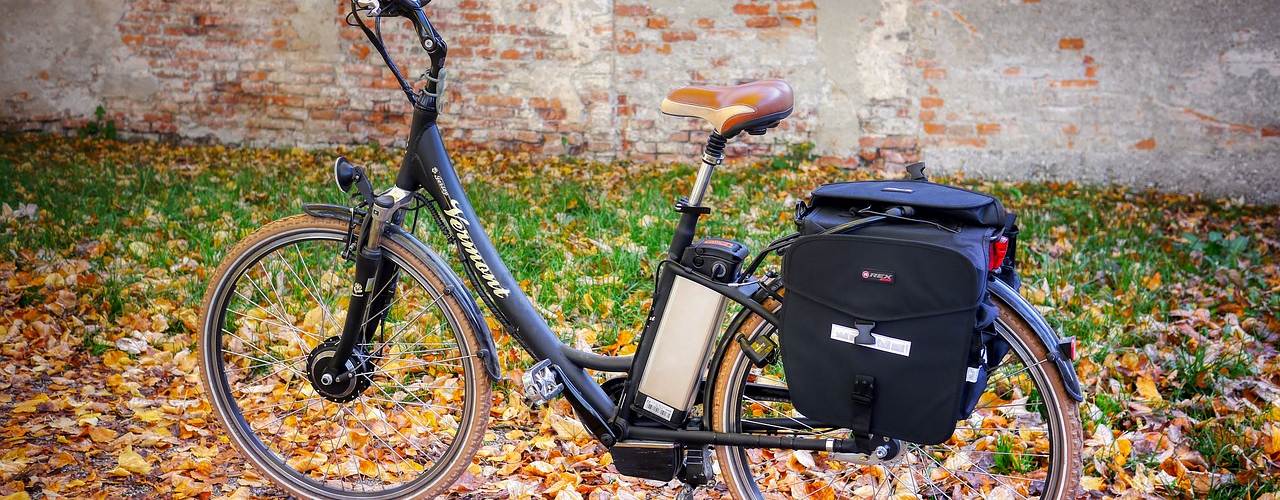Further belief has been added to the idea that electric bike users are getting similar levels of exercise to that of pedal powered cyclists with the release of a further study on the matter.
Researchers at Brigham Young University, USA, took their study off road and compared standard mountain bikes with assisted units and measured rider output with heart rate monitors.
Thirty Three regular mountain bike riders aged 18 to 65 formed the group, with each participant tracked via Strava over a six-mile loop of hilly ground. Seven Hundred feet of height gain was included, as well as a mile of 5% gradient climbing.
The similar challenge had riders complete a loop on a pedal-powered machine and an electric mountain bike.
While some results – such as an average 12-minute faster finishing the route were unsurprising, others make compelling reading. On the electric bikes average heart rates were just ten beats per minute below those using standard mountain bikes, who registered an average of 155 bpm. At 145 bpm the electric bike users are falling well within the range of vigorous intensity workout, which the researchers say makes the two readings negligible in benefits. For further context, the lower reading is still 94% of the higher.
Perhaps more significant is that, when asked, users of the electric bike generally had a perception that they had not exerted quite as heavily as they thought they had. Users with electric bikes generally cruised at 4 mph faster too, lending weight to the often reported extra distance covered when using an electric bicycle.
Having tried one, the authors of the study also gauged the user’s acceptance of an electric bike pre and post ride. It was discovered that 61% became more accepting of eMTBs having experience the assistance technology.
The study echoes previous researcher’s findings:
- a 10,000 strong study of Europeans found that in usage terms pedal assisted riders reported significantly longer trip distances for both e-Bike (9.4 km) and bicycle trips (8.4 km) compared to cyclists for bicycle trips (4.8 km), as well as longer daily travel distances for e-Bike than cyclists for bicycle (8.0 vs. 5.3 km per person, per day, respectively).
- Colorado researchers found notable improvements in cardiovascular health of participants using electric bikes.
- A Norwegian study discovered that electric bike users experience physical exertion over 95% of their typical journey and that e-Bike riders used 51% of lung capacity compared to pedal cyclists’ 58%.





